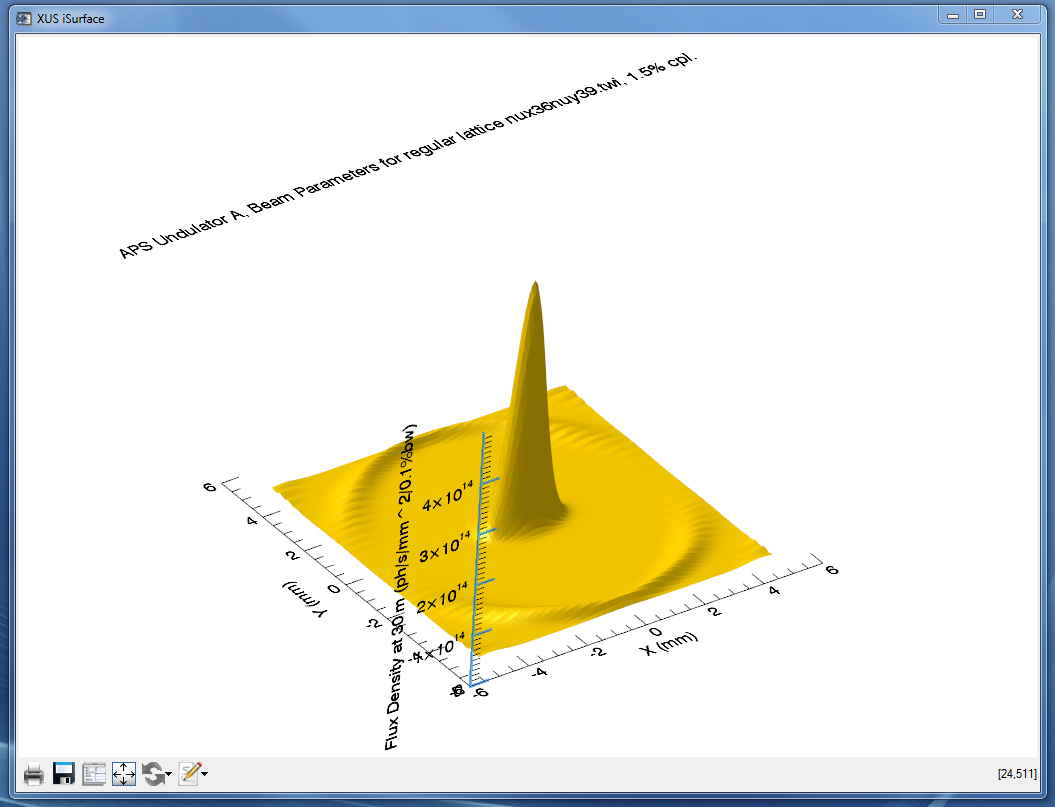| XOP provides a set of codes from different authors and written in different computer languages for modeling of x-ray radiation sources and their interaction with x-ray optical components such as mirrors, filters, and multilayers and offers a variety of analyses and data visualizations. The graphical user interface is provided to drive this range of computer codes. XOP includes a flexible database for X-ray applications, DABAX, which contains tables for x-ray applications and codes to access, visualize, and process these tables. Additional software packages called extensions, may optionally be installed to enhance the functionality of XOP. Common extensions are the SHADOWVUI package, a Visual User Interface for the SHADOW ray-tracing program, the XAID package for XAFS data analysis, and the IMD package for modeling of multilayers. |
| Distribution & Impact |
|
The software is used worldwide by most synchrotron radiation facilities and has been crucial for beamline designers and users for the past 10 years. The current version of XOP runs on Unix, Linux, Mac OS X, and Windows platforms.
The graphical user interface and many modules of the code are written in the Interactive Data Language (IDL), which is subject to U.S. Export Control and is categorized under Export Control Classification Number (ECCN) 5D002. As such, it can only be distributed to users who have completed and submitted an application that is approved by the Argonne’s Export Control process. Please complete and submit the application form for XOP. |
| Funding Source |
|
This project has been produced using operational funding from the APS, contract DE-AC02-06CH11357. This project was also funded in part by the ESRF |
| Please cite |
|
M. Sanchez del Rio and R. J. Dejus "Status of XOP: v2.4: recent developments of the x-ray optics software toolkit" SPIE Proceedings Vol. 8141 (2011) pp.814115 doi:10.1117/12.893911 |
| Future Work |
|
Work has been started to use open source codes (Orange 3.0) and to replace IDL code by Python code because of export control restrictions. However, the XOP has a large user base and it is anticipated to be supported for a long period of time with updates and bug fixes. Additional modules and extensions will be added based on user needs. Tighter integration of modules may be added and scripting is desirable to run multiple instances of the same or different modules. |


